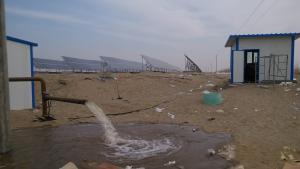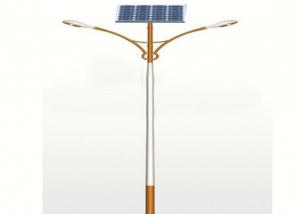Smart Solar Inverter
Smart Solar Inverter Related Searches
Solar Smart Inverter Smart Inverter Solar Smart Solar Power Inverter Smart Inverter Solar Power Smart Hybrid Solar Inverter Solar Smart Micro Inverter Intelligent Solar Inverter Smarten Solar Inverter Solar Solar Inverter Smart Solar Inverter Price Inverter Solar Solar Electric Inverter Power Solar Inverter Solar Energy Inverter Power Inverter Solar Solar Battery Inverter Sun Solar Inverter Solar Home Inverter Battery Solar Inverter Inverter Power Solar Install Solar Inverter Good Solar Inverter Solar Light Inverter Home Solar Inverter Samsung Solar Inverter Inverter Battery Solar Inverter Hybrid Solar Solar Powered Inverter Inverter Solar Hybrid Buy Solar InverterSmart Solar Inverter Supplier & Manufacturer from China
Smart Solar Inverter is a cutting-edge technology that has been designed to optimize the performance of solar energy systems. These inverters play a crucial role in converting the direct current (DC) generated by solar panels into alternating current (AC), which can be utilized by homes and businesses. They also offer advanced features such as maximum power point tracking (MPPT), which ensures that the solar panels are always operating at their peak efficiency.The Smart Solar Inverter is widely used in various applications, including residential, commercial, and industrial settings. They are particularly beneficial in areas with limited access to traditional power sources, making them an ideal solution for off-grid and hybrid power systems. These inverters are also used in grid-tied systems, where they help to manage the flow of power between the solar panels and the electrical grid, ensuring a stable and reliable power supply.
Okorder.com is a reputable wholesale supplier of Smart Solar Inverters, boasting a vast inventory that caters to the diverse needs of customers worldwide. They offer a comprehensive range of inverters from top manufacturers, ensuring that their clients have access to high-quality products at competitive prices. With their extensive selection and commitment to customer satisfaction, Okorder.com has established itself as a trusted source for Smart Solar Inverters and other renewable energy solutions.
Hot Products
















































